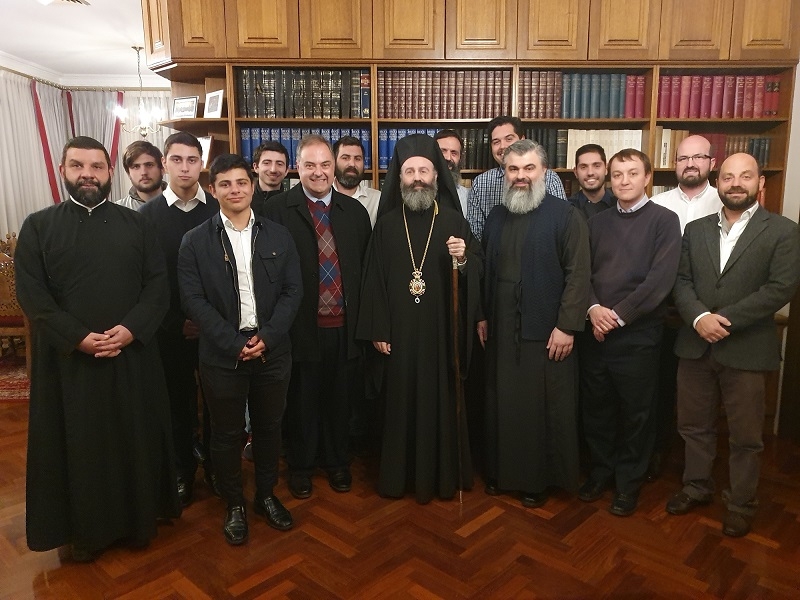- Home
- About us
- Students
- Courses
- Research
- Library
- News & Events
- Gallery
- Contact
- Our Blog
Latest News

H9233A Byzantine Art and Architecture
This graduate course unit explores the historical, cultural and philosophical development of Christian art and architecture within the Byzantine context and beyond, highlighting the relevance of iconography, materiality, sacred space, soundscape and ‘lightscape’ for the Byzantine faithful and for the contemporary ecclesial experience.
| Unit Code: | H9233A | |
| Unit Name: | Byzantine Art and Architecture | |
| Credit Value: | 9 credit points | |
| Mode of Study: | Face to Face/ Synchronous ZOOM and Asynchronous. | |
| Pre-Requisite Units: | 9 cp in Church History |
Learning Outcomes
At the end of this unit students will be able to:
- review the emergence and development of a distinctly Christian form of art and architecture in the Byzantine and post-Byzantine contexts
- analyse the impact of socio-political and cultural contexts of Byzantine and post-Byzantine art and architecture in its various manifestations;
- critically apply the findings of a study of primary and secondary sources to Byzantine and post-Byzantine art and architecture;
- evaluate the key theological themes and symbolic motifs in Byzantine and post-Byzantine art and architecture;
- appraise contemporary expressions of Byzantine art and architecture in terms of their relation to the historical tradition of Byzantine art forms.
During this course unit, students may acquire the following threshold concept.
The Christianisation of the private and public space that took place in late antiquity was hastened by artistic and architectural developments within the Byzantine empire. Expressed through iconography and other forms of materiality, these developments continued in the Middle Ages and even after the fall of the empire. Even today, they shape the worship of Christians across the world. This unit is therefore important for students wishing to have a deeper and more holistic understanding of Christian symbolic and material culture in the Byzantine tradition and in other historical manifestations.
Weekly Topics
- The emergence of Christian art and architecture
- The liturgical world of Byzantium
- Byzantine iconography—a diachronic analysis
- Sacred space, soundscape and ‘lightscape’
- Post-Byzantine art and architecture: Beyond Constantinople and after its fall
- The timeless significance of Byzantine art and architecture


.jpg)





.png)